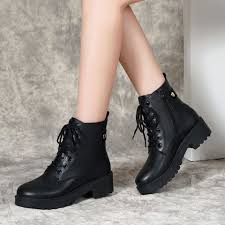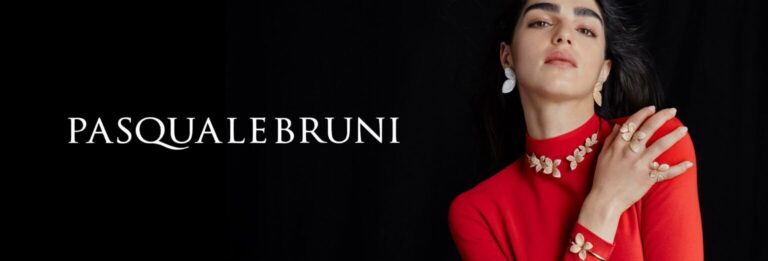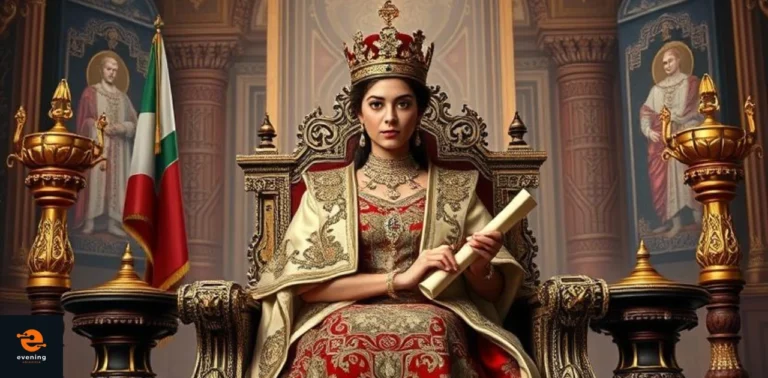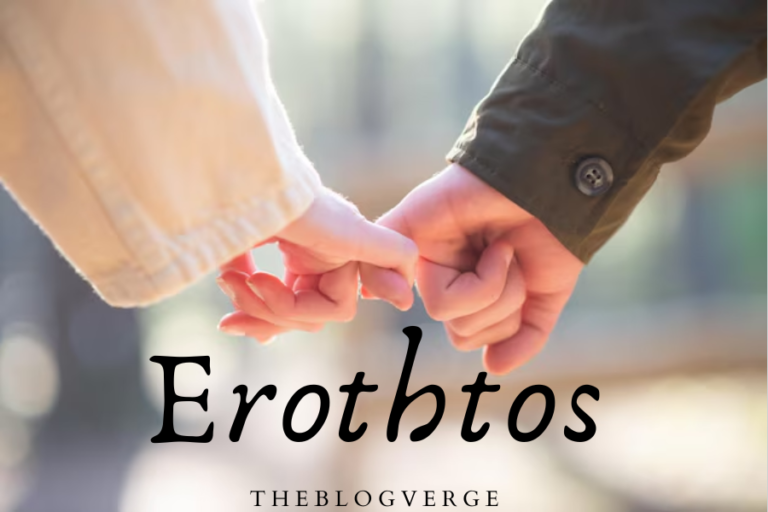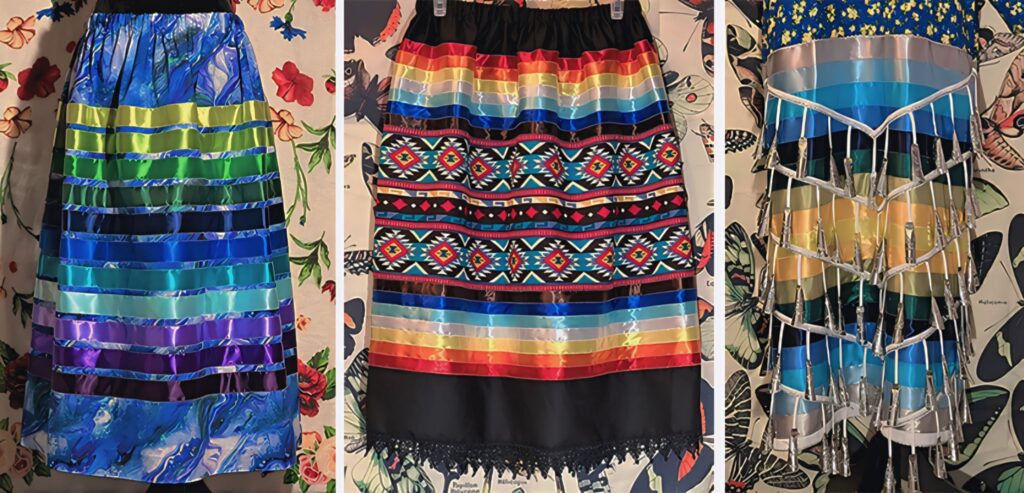
Bold, Beautiful, and Cultural: Your Guide to Ribbon Skirts
However, ribbon skirts are much chimerical, though they are worn, if it comes to a cultural item. These skirts are original Indigenous pieces and are today used to retain culture, express one’s identity, and narrate traditions and histories through colors and designs.
Here, then, are beautiful, historical, meaningful, and some steps to wearing, caring for, and even making one of these gorgeous skirts.
History of Ribbon Skirts
This skirt has been part of many Indigenous cultures for some time now as a way of expressing culture and people through material. Singing skirts were formerly sewn from hide or plain cloth but added colorful ribbons only after Europeans arrived. As time passed, indigenous women included ribbons to signify segments of their cultures in their outfits.
Symbolism Behind Ribbon Skirts
Every part of a ribbon skirt is deliberate. Different colors have different meanings, so red might stand for life, and blue might stand for water or the sky. A message conveyed primarily through the location and arrangement of ribbons is strength and endurance, among other things.
Types of Ribbon Skirts
Although ribbon skirts are fairly similar across different cultures, their look may symbolize regional motifs and constraints. In addition, each ribbon skirt is unique in its design. These usual designs often feature emblematic patterns of a certain region or place. The modern incarnation of ribbon skirts may skirt the aesthetic lines of the original but modernize them with fresh energy.

Materials Used in Ribbon Skirts
Choosing the appropriate fabric plays a vital role in making a ribbon skirt. Due to its nature, cotton fabric is a popular material, as it is both rigid and aerated. When this is done, artists arrange ribbons of nearly every color possible together with different feelings, and thicknesses and ribbons are used to build complicated patterns on the skirts. Some designs include extra layers of more intricate beading work or hand-painting detail on flared skirts that turn simple garment pieces into preserved examples of the artistic value of folk craft.
Crafting a Ribbon Skirt
Making a ribbon skirt fuses craft and myth. Strips of fabric of different colors are combined, and then, during the concentric circles, each row is an idea.
Importance of Colors and Patterns
Shades and designs in woven wraps have deep social implications and are symbolic, most especially in the traditional world of the Indigenous people. Such aspects can be more than just pretty; they communicate concepts, tell stories, and piously immortalize tradition.
Color Significance
Every color used in a taffeta skirt holds meaning about various aspects of life, spirit, and especially the moral values of the community.
- The red color is often used to commemorate the Indigenous women who went missing or were murdered; their fight still goes on. It means love, energy, and recall of the absent members.
- Blue, as such, can represent liquid, heaven, or a curing aspect that restores both the spirit and the mind, connecting back to nature and creating balance.
- Yellow might refer to the sun, power, and happiness, though it also means hope and renewal, similar to Orange, which means expectation. Different colors combined in the single garment of a skirt narrates history in colored yarns.
Many Indigenous nations have used its dark color to maintain strength and safeguards for as long as it can be measured.
Patterns and Designs
Through these garments, other narratives are also depicted through the artwork of weaves or patterns. Regular motifs and motifs typical for the ornament include zigzags associated with lightning or water and floral motifs associated with the abundance of nature and the inestimable value of protecting the land and the environment for future generations.
- Nature-inspired designs: Relatively geometric patterns, including what looks like mountains, rivers, and animals, often reflect a kind of earthliness.
- Geometric shapes mostly symbolize harmony, equilibrium, and the different phases of life.
- Family and Clan Symbols: Some patterns might have meant a particular family or a clan to connect with the ancestral and future generations.
Each pattern on a ribbon skirt can have another meaning. For example, the recurrent wave pattern might be interpreted as fluctuation in one’s life, whereas the tree subject matter describes growth and origin in one’s culture.

A Personal Expression
Styles allow the wearer to give an identity in a way they feel is attractive to the eye. Every skirt has a meaning, including color and ribbon placement. Others use colors or patterns out of celebration, celebrating birth, marriage, or even in honor of a loved one’s memory. This personal touch enfolds each lingère ribbon skirt into the wearer’s life journey, making every piece created different from the other.
In other words, the colors and patterns of the ribbons used in the skirts represent not only culture but also the testimonies of individuals, and thus, each of the presented skirts is art.
Cultural Events and Ribbon Skirts
Ribbon skirts are commonly worn during events that entail native dance, such as powwows, identity celebrations, or ceremonies. Other clothes might be needed, and different regions may use different styles and colors.
How to Wear a Ribbon Skirt
Ribbon skirts can be worn in traditional ways, as illustrated in this paper, or in a more contemporary way. For formal attire, they are worn together with standard tops and moccasins, as seen today in different parts of the world. Many people, therefore, prefer to wear ribbon skirts with T-shirts, jeans, and other informal clothes and accessories so that the skirt can make a statement.

Popular Accessories to Pair with Ribbon Skirts
These early Americans liked to blend ribbon skirts with accessories such as beaded necklaces, moccasins, or shawls. These attachments assist in completing the look of the outfit while also empowering another form of cultural representation. Hence, accessories could differ from one tribe to the other, depending on the individual or the occasion.
Modern Adaptations of Ribbon Skirts
Practical versions of ribbon skirts can also be seen today in mainstream clothing trends popular among fashion designers, combining elements of the native cut with style. It is this combination of Tradition and Modernity that makes this garment so desirable—a traditional garment with a contemporary twist/feel to it.
Buying a Ribbon Skirt
It will be even more challenging to find an original ribbon skirt without experimenting with skilled artisans who appreciate the meaning of each pattern. Supporting Indigenous-owned enterprises and artists guarantees that the creators of these items are paid the correct price for their designs and that their talent continues.
Customizing Your Ribbon Skirt
Indeed, since a ribbon skirt is personalized, many people prefer to make changes to it. Appreciating the work of an artisan leads to occasions where they create a skirt that embraces individual narratives, beliefs, and even tastes. One’s own symbols can be added to make the skirt even more special.
Caring for Your Ribbon Skirt
As with any outfit, correct care is needed if you wish to keep your ribbon skirt bright and full. She said it should not be washed too often and, if possible, washed by hand since the colors of the ribbons can fade away or the ribbons may fray. This is especially the case when storing the skirt in a cool and dry place. As for the fabric type and colors retained, you agree that it should be stored in a cool and dry place.
Conclusion
Beautiful, profitable, and most importantly, ribbon skirts are the triumph of heritage, art, and identity all in one garment. Buyers, wearers, and even makers of ribbon skirts can, therefore, connect with Indigenous culture, cultural diversity, and identity politics at every stage.
FAQs
1. In what circumstances can ribbon skirts be worn?
Cultural groups embrace ribbon skirts for cultural events and ceremonials. They can even be worn during daily activities in honor of the culture of a particular group.
2. This is when the non-Indigenous people wonder whether they can wear ribbon skirts.
Some white allies wear ribbon skirts for Indigenous issues; it’s okay to ask how to wear them correctly.
3. That is more quantifiable: how much does a custom ribbon skirt typically set a person back?
The costs of customization vary depending on these factors: material, customization, and workmanship. In general, custom skirts can cost anywhere from a hundred dollars to several hundred dollars, if not more than five hundred.
4. How should one maintain its vivid colors for as long as possible?
Cold water washing and line drying are ideal for the colors and fabric to remain fresh.
